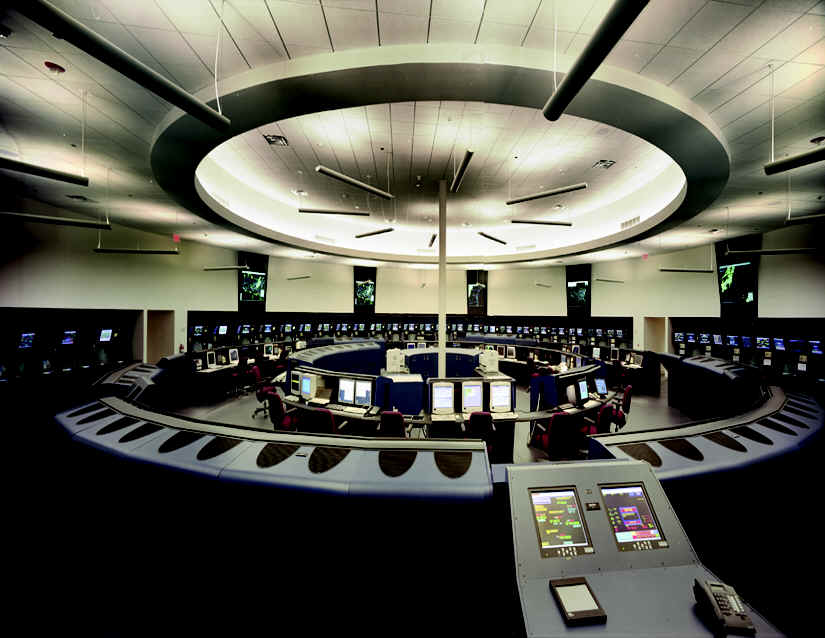Air Traffic Control Entities - TRACON (Approach) & ARTCC (En-Route)
When thinking about air traffic control within the world of aviation, most people quickly associate it with air traffic controllers who are on location - up in the control tower overlooking the airport. But that is definitely not the extent of air traffic control! Without a doubt, tower controllers have an important job, but there are two other main ATC entities that also make huge contributions to the safety of our skies. These entities include the TRACON (Terminal Radar Approach Control) and the 'en-route' ARTCC (Air Route Traffic Control Centers). Today, we will look into these two entities to consider the roles they play in keeping the National Airspace System safe and keeping flights on time.

ARTCC - Air Route Traffic Control Centers
There are 22 different ARTCC facilities representing different sectors across the U.S. Within each facility's designated sector, the sectors are further divided for different air traffic controllers to manage each area. As an aircraft flies, it may pass through many of these areas, being handed off to numerous different air traffic controllers. The main sectors are divided based on the amount of traffic that passes through the sector - thus, smaller sectors have more condensed traffic while larger sectors have less, spread out traffic. These sectors often can work up to altitudes of 60,000' MSL, so they are in contact with aircraft that are at nearing cruise altitude, at cruise altitude, or are beginning to descend from cruise altitude. ARTCC facilities have also benefitted from the upgrades coming from NextGen with a device called the ERAM - En Route Automation Modernization. It helps the air traffic controllers gather more detailed information about the aircraft and the flight plan it is following, which is extremely beneficial in more congested areas where safe separation is vital (Kern, 2020).

TRACON - Terminal Radar Approach Control
Rather than being spaced across the country, TRACON facilities are placed near and responsible for major airports across the country. TRACONs work with aircraft that are within the general vicinity of the airport, whether they are departing the airport or approaching the airport for landing. The aircraft are directed into the airport with flight paths and lined up for landing by TRACON controllers before being handed off to tower controllers who will then clear the aircraft to land (aircraft are usually handed off when it is within 5 miles of the airport). For departing aircraft, tower controllers hand off an aircraft to TRACON that has taken off and is leaving the tower's immediate control area. The TRACON controllers maintain safe separation while the aircraft climbs to altitude and follows its flight path, before handing the aircraft off to ARTCC controllers (Terminal Radar, n.d.).
References
Kern, R. M. (2020, January 1). Air route traffic control. AVWeb. https://www.avweb.com/flight-safety/faa-regs/air-route-traffic-control/
Terminal Radar Approach Control (TRACON). (n.d.). SKYbrary. https://skybrary.aero/articles/terminal-radar-approach-control-tracon
Hello Emily!
ReplyDeleteI actually did part of my blog posts on the ARTCC as well. Before this lesson I didn't think there was really much more into ATC. What are your thoughts?